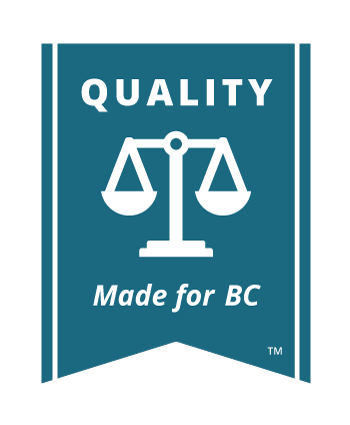Serving Documents


How do I prove service by registered mail?
In a lawsuit, providing paperwork from one person to another is called serving documents. There are specific rules in place to make sure all parties receive all the documents in the lawsuit. Different types of documents have different rules of service.

Learn More
Serving Documents guide from the B.C. Government
Serving Documents factsheet from The Law Centre
Serving a Notice of Claim
The rules for serving a BC Small Claims Court Notice of Claim are different and more strict from the rules for other documents. This is because the court wants to be absolutely certain that all the parties are aware of the lawsuit. It would not be fair to make an order against someone who had no chance to defend themselves!
You need to serve all the defendants named in the Notice of Claim with:
- The defendant’s copy of the Notice, and
- The blank Reply form
How you serve the Notice of Claim depends on the kind of defendant.
Serving a Notice of Claim
| Defendant(s) | Method |
|---|---|
|
Individual (over 19 years old) |
|
|
Incorporated business |
|
|
Partnership |
|
|
Unincorporated business |
|
|
Individual under 19 |
|
If you are leaving a copy with the defendant you must hand it to them. If they refuse to take it you can drop it at their feet. You can ask a friend to do this for you or hire a process server who is a professional document server to serve the defendant. To find a process server in your area you may need to do a web search.

Learn More
Serving Documents guide from the B.C. Government
Serving Documents factsheet from The Law Centre
Lawsuits involving persons under 19 years of age from the Law Centre
Serving Other Documents
Once the Notice of Claim, Notice of Civil Resolution Tribunal Claim, Replies, and any Third Party Notices have been served, most (but not all!) documents, records, or other things can be served by ordinary mail (i.e. not registered mail) or email to the addresses the other parties provided as their address for service on the above documents.

Read the Rules
If you send a document by ordinary mail, the Court will consider it served 14 days after it was mailed unless there is evidence to the contrary. Be sure you mail documents in time to meet any deadlines.
If you email a document, record, or other thing by 4 p.m. on a business day, it is deemed served on the day it is emailed.
Proof of Service
Certain court documents in BC Small Claims Court require evidence that the other party was provided the document. This is called proof of service. The format of the proof of service provided will depend on how you served the other party. If you or someone else personally served (meaning you or someone else gave it to them in person), you can prove that you have served the document by filing a Certificate of Service. If you served them by registered mail you will need a proof of service by registered mail. In order to deliver a document through registered mail, Canada Post must obtain the signature of the person being served. To prove service by registered mail, you can get a copy of that signature or a confirmation of delivery from Canada Post.
If there are multiple defendants, a separate certificate of service must be filed for each defendant.

Find the Form

DIY Tools
For guidance take a look at our Sample Certificate of Service and Serving Documents Checklist

Learn More
Serving Documents from the Government of BC
What if I am having trouble serving the defendant?
Sometimes it is difficult to locate the other party in order to serve documents on them. This could be because they have moved or because they are purposely avoiding you. This is probably very frustrating but there is something you can do. You can apply to the registrar using Form 16 to allow you to serve the documents some other way, such as taping them to the defendant’s front door if you know where they live.

Learn More
What if I can’t serve the defendant or other party? from the Government of BC

Find the Form
What if the defendant doesn’t pick up the registered mail?
You can make an application to the registrar of the small claims court to let you serve the documents in some other way. If you know where the defendant lives or works, or where they frequent (dog park, restaurant, gym, cafe, etc,) you can serve them in person, as long as you are not trespassing. If they refuse to take the documents, you can drop the documents at their feet and this is deemed proper service. It’s called drop service.






